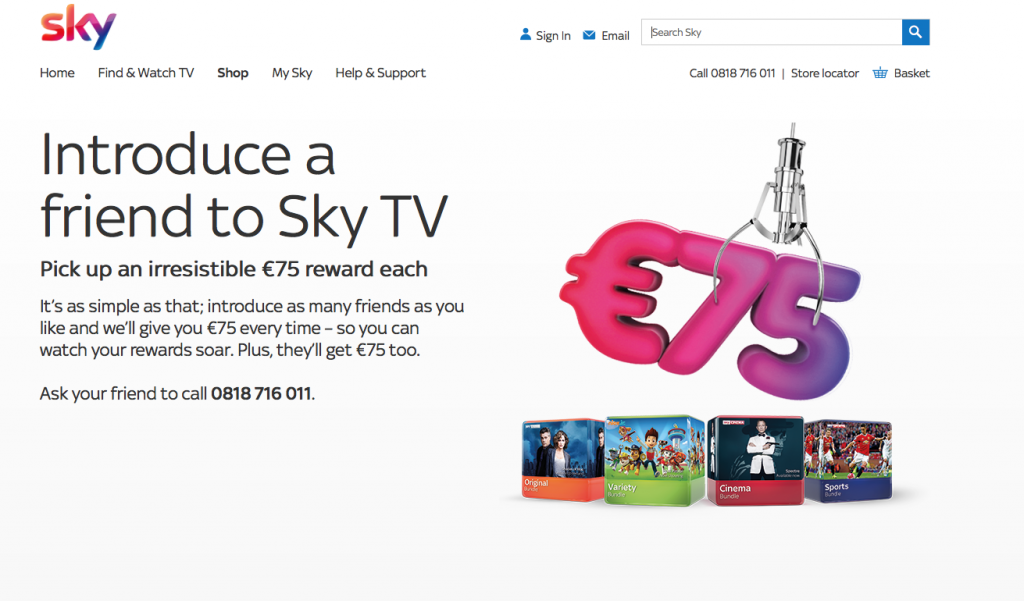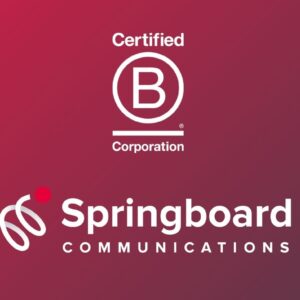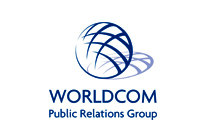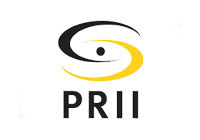
5 Gamification tactics for your marketing strategy
Gamification in marketing applies game theory to marketing strategies to encourage engagement, social sharing and to increase conversion rates. Springboard PR & Marketing outline 5 gamification tactics that are used in marketing strategies.
Rewards for social sharing:
Companies that offer rewards for sharing content about their brand on social media are using gamification techniques. Each reward offered creates an incentive for the audience to take action. This drives users to complete the action to secure the prize. You most commonly see this on Facebook, when entry to a competition requires tagging a friend or sharing the post on your page. It is also used by bigger brands in the form of referrals. 48, the mobile network, gives you free credit for every friend that you refer. Sky are currently running a campaign in which you and your friend will both receive a €75 reward if you succeed in encouraging them to switch networks. Not only do you increase your audience, but you are also encouraging active engagement from your existing customers.
Leaderboards:
Being recognised for your efforts is something that feeds the human ego. Whether we like to admit it or not, we all enjoy appraisal. Marketers can use this by recognising their top customers, performers or contributors with badges, merits or points. Pundit arena is one company that utilises this extremely well. They send out regular emails to contributors which recognises their top contributors, incentivising others to reach that same legendary status. It is worth noting however, that Pundit Arena also utilises other techniques so as not to alienate those who do not have the time to contribute as much as they would like. These alternative rewards ensure that their gamification strategy fits well within their overall marketing strategy and achieves real business goals.
Timing Urgency:
By creating a sense of urgency, marketers encourage customers to purchase a deal before it expires, thus driving sales. Whilst most vouchers and coupons have an expiration date, this method is often much more effectively driven on digital platforms. For example, users on clothing retail website, Boohoo.com, are usually met with a special offer such as free delivery or 20% off a certain range of items. These offers usually last for 12 hours from 12pm to 12am, and create a sense of urgency for users to purchase. The countdown banner at the top of the site reminds users that the offer is about to expire. This urges users to take action now and results in faster and quicker conversions.
Unlocking higher levels:
The prospect of attaining a higher status or reaching a new level, inaccessible to less frequent users is a very useful tactic that drives consumer engagement. It is also used very well by brands. The most basic example of this would be the Brown Thomas loyalty card. Every member starts out as a Black Card holder, but once you reach the spending threshold of €5000, you will “qualify” for the higher level of membership – the platinum card. The social value of such a card, and the prospect of unlocking this superior level of membership, may encourage shoppers to choose Brown Thomas over other retail department stores.
Completing challenges:
We all love a bit of healthy competition, so marketers frequently use this to drive their consumers to become more engaged. Apps are among the best users of this technique, in particular, health-related apps drive their users to become more active, sending them updates on their progress and attainable goals that they need to reach within a time limit. It is also used for charities, most recent challenges such as the “ice-bucket challenge” allowed audiences to complete the challenge, post it to their social media and nominate another person. Other companies, use this technique to drive innovation and motivate users to become creative with their product, showing off its many uses by completing a video, or sending a picture, for example the Creme Egg campaign “How do you eat yours?”. In turn, this creates brand awareness and sustains consumer engagement.
Remember that if you wish to engage in these tactics, you need to begin with the basics of gamification, (click here). Any techniques that you choose to use should be strategically developed in line with your marketing strategy and business goals in order to properly motivate the right target group and drive consumers through the conversion funnel.
Subscribe to our newsletter for more content like this.
For more stories like this sign up for our Insights newsletter ›
BACK TO TOP